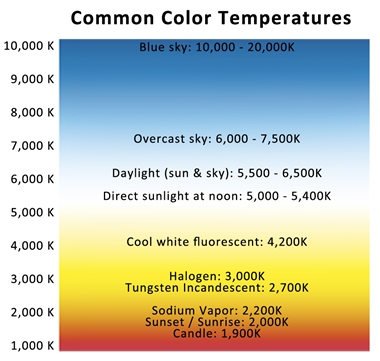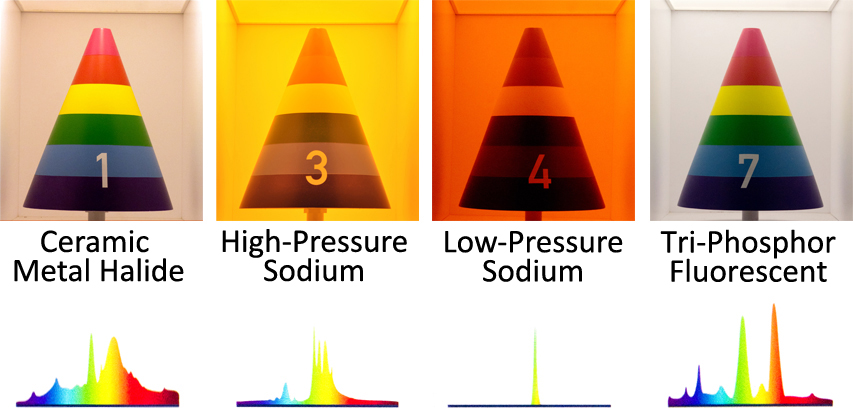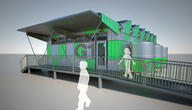For good visual comfort, light needs to have the right color and quality. Light can feel cool or warm. This is quantified by the "color temperature" and measured in degrees Kelvin.
Color Temperature
The higher the color temperature, the bluer the light is. This may seem counter-intuitive, as we think of blue as a "cooler" color than red, but it comes from the physics of black body radiation. People generally prefer bright light to be bluer, like daylight, while they prefer dim light to be yellow, like candlelight.
The color temperatures of daylight and various common light sources are below.

Color Rendering
Even with light at a specific color temperature, some parts of the spectrum can be missing. Having some spectra missing changes the way colors look, in ways that people often dislike.
This occurs when daylight is filtered through tinted windows, and with some electric lights. Sodium vapor lights are particularly known to make people's skin look sickly.
The completeness of the spectrum of light is measured by the Color Rendition Index (CRI), which is independent of a light's color temperature. Unfiltered sunlight has a CRI of 100, and so do ordinary tungsten incandescent lights, while sodium vapor lights have a CRI of only 5 or so. Most fluorescents have a CRI of 50 - 75 but tri-phosphor fluorescents are 85-90 and multi-phosphor fluorescents can be nearly 100. Art studios often demand a CRI of 100, but 70 is usually accepted for general applications.




